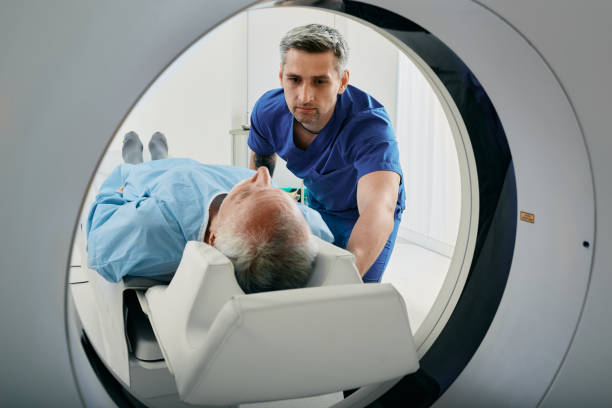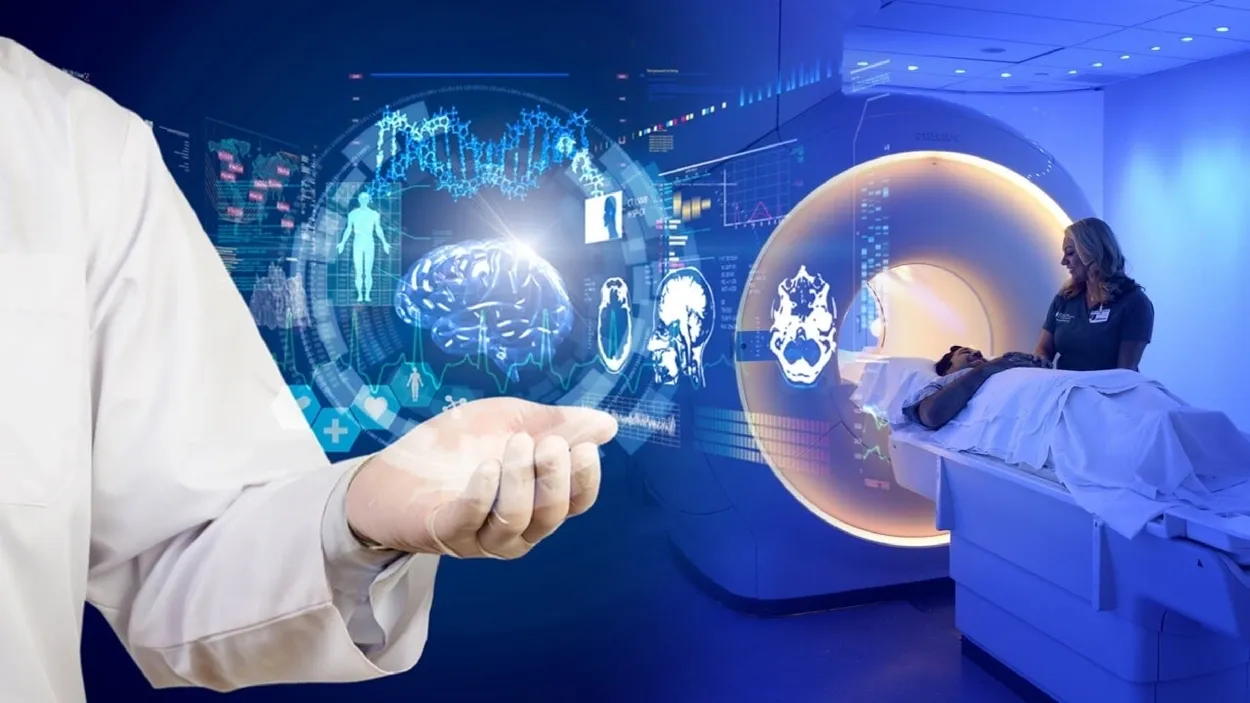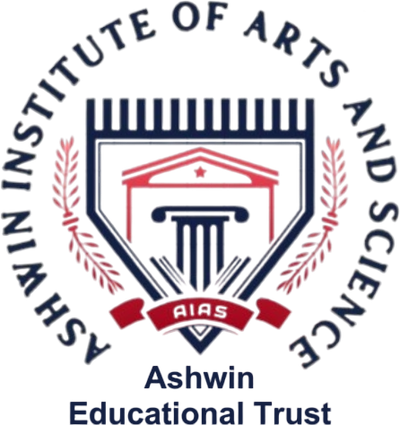B.Voc in Radiology & Medical Imaging Technology

Overview
Nature and purpose of the qualification (Please specify whether a qualification is short-term or long-term)
B.Voc In RMIT is Long-Term Course.
B.Voc. Radiology Medical Imaging Tech. is a bachelor-level course. The duration of this course is 3-year long and its syllabus is divided into 6 semesters and it provide in part-time basis by various institutes. This is important and valuable for candidates, and job presenting in nature. Also, it is a process used to design images of the human body or function and parts thereof for medical science and clinical purposes. This course is offered by many colleges or universities on part-time basis. Also, it is career presenting in nature and provide job opportunities for the successful graduate candidates in various fields.
Subject
First Semester | Second Semester | ||
| 1 | Introduction to Radiology | 1 | Radiographic Techniques |
| 2 | Clinical Pathology | 2 | Pathology in Medical Imaging |
| 3 | Basics of Medical Imaging | 3 | Medical Imaging Equipment |
| 4 | Communication Skills in Healthcare | 4 | Health Informatics in Radiology |
| 5 | Medical Ethics and Patient Care | 5 | Professional Development in Radiology |
Third Semester | Four Semester | ||
| 1 | Radiographic Image Analysis | 1 | Advanced Imaging Modalities |
| 2 | Radiation Protection and Safety | 2 | Interventional Radiography |
| 3 | Clinical Internship I | 3 | Clinical Internship II |
| 4 | Healthcare Management | 4 | Healthcare Ethics and Legal Issues |
| 5 | Research Methodology in Radiology | 5 | Healthcare Marketing |
Five Semester | Six Semester | ||
| 1 | Advanced Diagnostic Imaging | 1 | Emerging Trends in Radiology |
| 2 | Radiology Information Systems | 2 | Radiology Practice Management |
| 3 | Clinical Internship III | 3 | Clinical Internship IV |
| 4 | Healthcare Quality Management | 4 | Legal Aspects in Radiology |
| 5 | Research Project in Radiology | 5 | Professional Ethics in Healthcare |

Occupation(s) to which the qualification gives access
Radiology Technician knew as Radiologic technologists, Radiological technologists and technicians when working in a hospital or diagnostic centre or another healthcare facility
Entry requirements/recommendations
Class XII in Science or Level 3 X-ray Technician with 3 years of experience in the field
Progression from the qualification (Please show Professional and academic progression)
Progression will be possible in both academics as well as The professional area as: Level 5: Team leader – Radiology Department Level 5: Specialization in Advanced Radiological Procedures through bridge course
Planned arrangements for RPL.
HSSC has developed an RPL policy to conduct pre-assessment of students for gap analysis as per NOS, sharing the gap & final assessments of students and certification.
International comparability where known
While writing the NOSs the UK NOSs were also referred to and an effort was taken to maintain comparability in the technical part of the NOSs.
Course Description
Numerous disorders can be detected with X-rays, CT scans, ultrasounds, MRIs, etc. Technologists in medical imaging perform all of this job. All facets of the medical imaging process are covered in the Bachelor of Vocational Studies in Medical Imaging Technology (B.Voc.-MIT) course.
The curriculum aims to prepare students for a variety of jobs in the healthcare sector. This vocational program includes several career-focused courses, such as physiotherapy, diagnosis, x-ray, and medical lab technology
Career Scope
- ◉ X-Ray Technician:
Technologists manage efficiently and read and receive diagnostic reports using technical components and machines. - ◉ Assistant X-Ray Technician:
The assistant X-ray technician can operate the X-ray or radiographic machine. - ◉ Consultant Radiologist:
Patients are advised to make proper diagnosis and treatment and also to get the proper type of testing. - ◉ X-Ray Testing Technician:
X-ray testing technicians can handle all of these types of components and test options - ◉ Radiology Technician:
A Radiology Technician works with a Radiologist to diagnose and treat patients using diagnostic imaging examinations. - ◉ Radiology Assistant:
They help radiologists manage and assess patients by performing radiologic procedures. - ◉ Radiologists:
Radiologists are medical professionals that are specialists in the field of medical imaging. - ◉ Radiographer:
Radiologic technologists use diagnostic imaging equipment to help physicians identify illnesses and injuries. - ◉ Radiology Nurse:
They may use x-ray equipment, computed tomography, magnetic resonance imaging, or mammography to perform X-rays, CT scans, MRIs, or mammograms.
